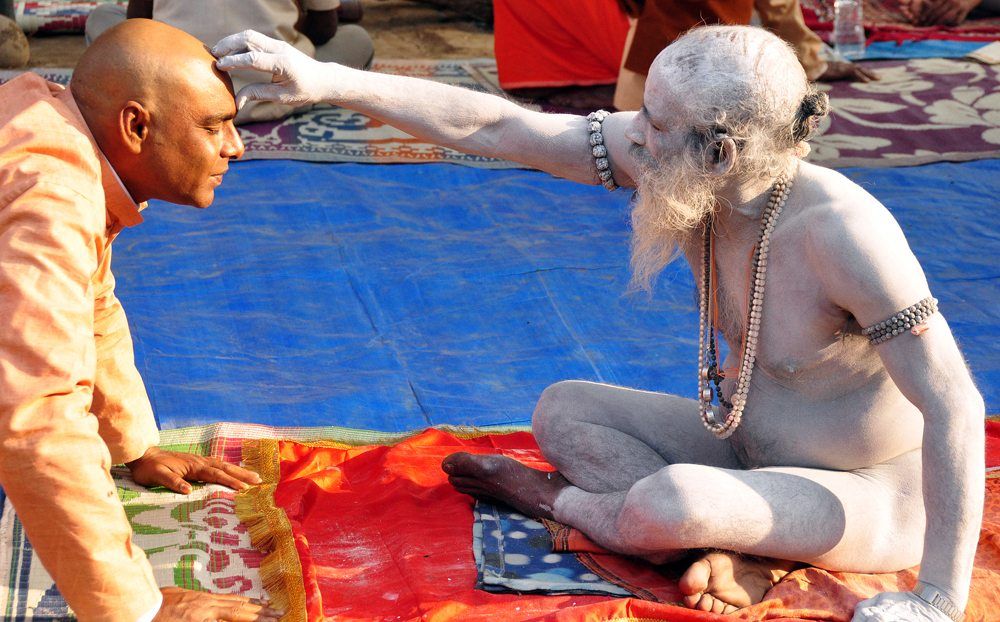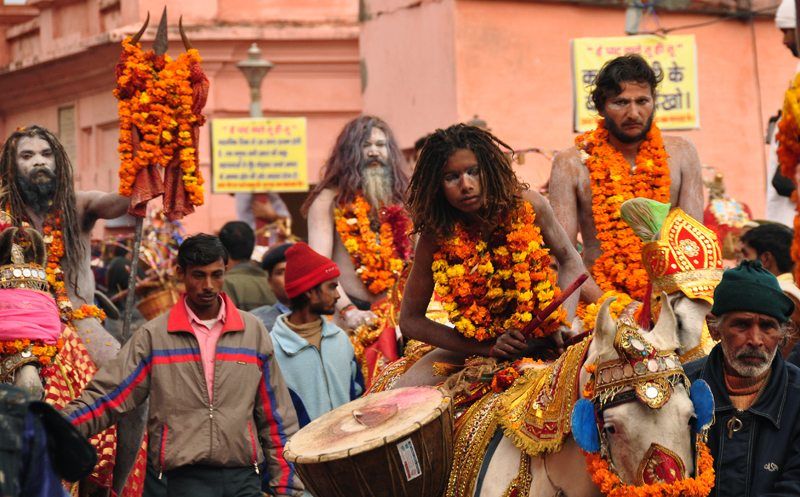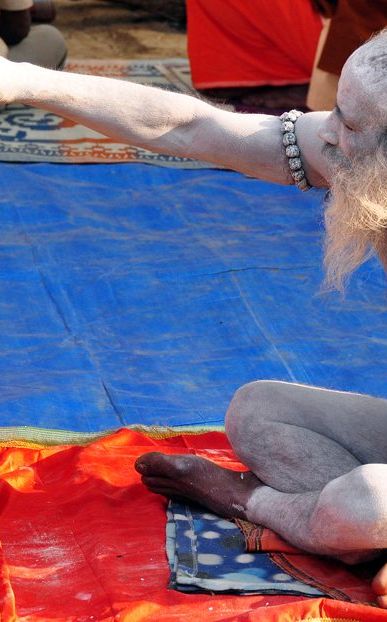
It was a cold morning in New Delhi and I had been quite naïve about the weather in north India having come only prepared for the warm south. I made my way through the rare quiet streets at the wees hours of the morning to the Delhi Railway station and boarded the train for Haridwar. The train station however is never quiet, bustling at all hours of the day and a hotel really to most of India’s local travelers.

I arrived in Haridwar just before noon, after some delays (surprise, surprise), to be greeted by my friend Abhishek who took me to a hotel that he had booked me into. Haridwar was busy and there were streams of people making their way from the railway station onto the streets.
The Kumbha Mela is taking place, the world’s largest human gathering according to the Guinness Book of World Records, and it only happens in Haridwar once every 12 years. And it is special this time for the locals as it is the first one this millennium. The big bathing day in the Ganges river and parade is on Friday 12th Feb, three days from now, and all are here for this. More are expected to come and it will be millions of people on Friday.
There are three sadhu (renunciate) camps in Haridwar. Many of the sadhus have already made their way to Haridwar from around India and even from abroad. From heads of monasteries to wandering monks, forest and mountain dwellers, and more, now is the rare time to meet these men and women who have dedicated their life to the monastic path.
In the afternoon I decided to visit the camp closest to me, Juna Akhara. Sadhus were busy setting up tents, digging fire pits and clearing areas for themselves. This will be their home till mid April, at which point the Kumbha Mela officially concludes. The tents they’ve set up are basic and most have a fire pit in front where you will find them often sitting around in silence. The nights and morning in Haridwar are cold this time of the year and the fire certainly is a much needed element. Most have a giant log that is smoldering and at this rate would take a few weeks to completely burn away. It provided enough heat for warmth and kept maintenance of restocking firewood to a minimum. Most sadhus here embodied the simplicity of monastic life.
I found the sadhus to be either reclusive or friendly. Many invited me into their tent area to sit next to them. As much as I wanted to get to know them, they were equally curious about this shaven headed Hindu priest with ash smeared over his forehead that was in their camp. I spoke hardly any Hindi and they spoke only a few words in English at most, so my conversations with most was limited but I felt many things were said between us just sitting in silence with one another.
I heard a parade coming by so I made my way to the outskirts of the camp just in time to catch an incoming group of sadhus. It was colourful and musical, with drums beating, bells ringing, horns blowing, a swami atop an elephant led the entourage. There was a large group of Naga sadhus on foot and decorated horses. Followed by a many groups of swamis. This parade lasted almost 2 hours and I was told it was only a small one.
If this is my first day then I am eagerly looking forward to tomorrow.





